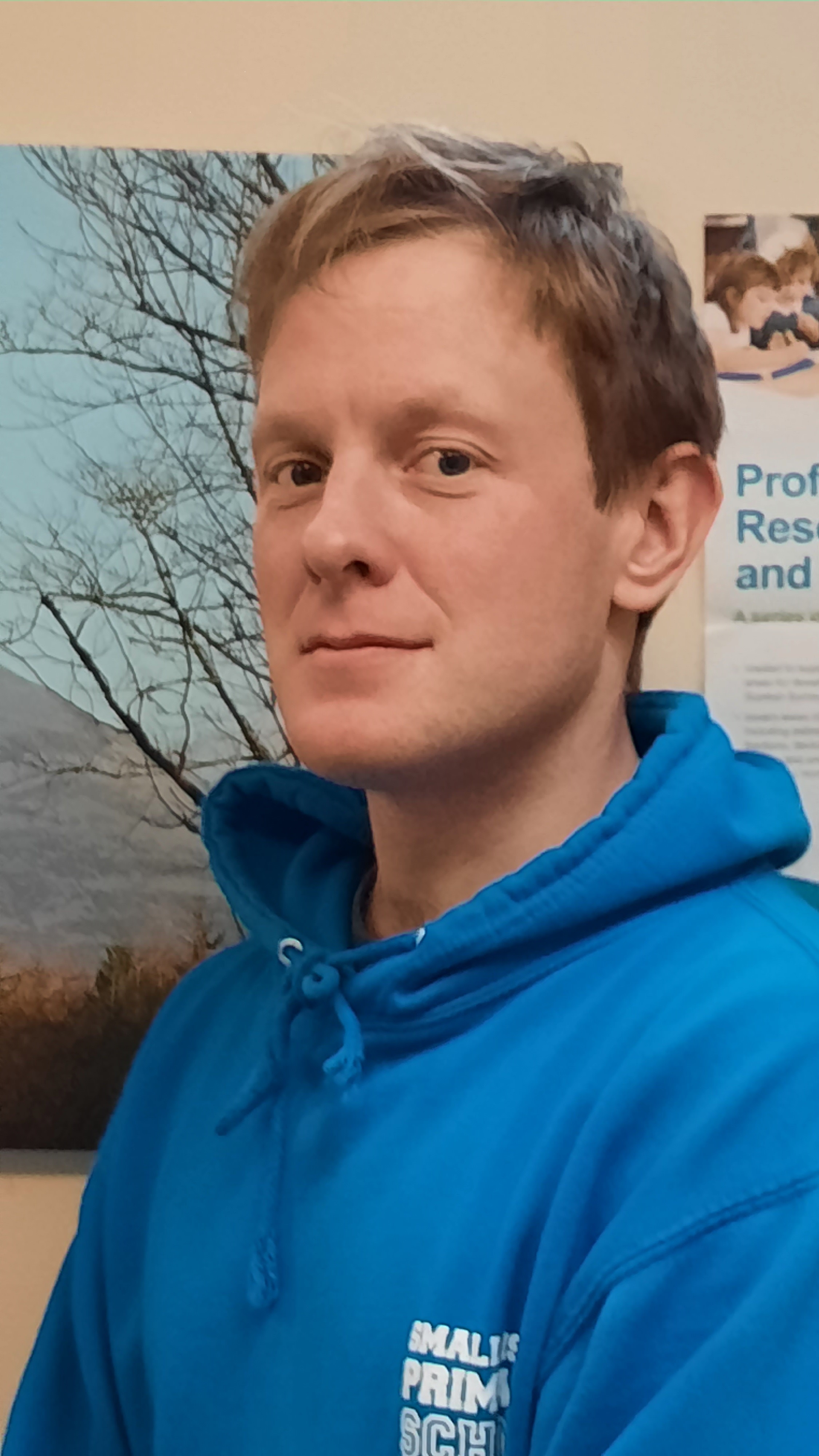The Many Faces of Middle Leadership
The last two years, there can be no doubt, have been turbulent for the world of education at large. There can also be no doubt that this turbulence exists whichever setting within whose orbit you fall as a practitioner, leader or child and that no one individual is immune from the changes that we face as we enter what has been termed the “new normal”. From the large city establishments to the smaller, multi-composite schools that I find myself teaching in, there are people wondering what this new landscape will involve.
That is, if you can find the time to wonder.
Completing the MLLC (Middle Leaders Leading Change) course has provided, at various points across this academic year, a welcome chance to pause, think and reflect on all the changes we have been through and what changes lie ahead. Personally, the chance the course has afforded to connect with colleagues across different settings has given reassurance that middle leaders are navigating these new waters in a variety of ways, each unique but with some common themes emerging.
I am often puzzled as to what the role of a “middle leader” actually is. The role of class teachers and head teachers is clearly defined and articulated via “the handbook” but, nestled as it is between the two, the concept of what a middle leader does is slightly more fluid.
My own role of Principal Teacher is a role that did not exist in an education system I worked in “south of the border” and again, can be sometimes difficult to pin down. Some Principal Teachers have specific and defined remits, others do not. Ultimately, from participating in the course, it strikes me that the one defining factor is your setting. It is only really by understanding and embracing the setting you work in and the role you play within it that you can become slightly more secure in what you believe in as a middle leader.
My setting is what some would call unique. One school, with a Pre5 within its walls, of 21 children between the ages of 5 and 12. It is a setting I feel privileged and immensely lucky to be part of. Why then, when I applied for the post, was I only interviewed alongside 2 others? Being a middle leader in a rural and remote setting is not as “Jean Brodie” or “Monarch of The Glen” that certain people would romantically assume it is. It is multi-faceted and dimensional and involves, as all middle leaders would identify with, the classic juggling of many plates. There is the element of deputising for the shared head teacher who operates across two schools; sometimes trying to find a balance between the judgment call on decisions you can make individually on the day to day matters of school life and a decision that might require a phone call to your head teacher. There is no supply agency (I once worked in an English school that relied heavily on one of those – we won’t go into the details) to call if someone is unwell or extra cover is needed and, at the time of typing, myself and other members of staff, including the head teacher, are serving up the food at lunchtime whilst a new catering assistant is found. There is nobody to erect that new bench or shed when it is unceremoniously left in the carpark after being loaded off the ferry.
Many faces indeed.
I return, therefore, to the key notion of embracing the setting you work within. Despite the many plates, I completely adore the job that I am able to do on a daily basis. One of the conversations linked to the modules on the MLLC course that I have found most intriguing is a renewed focus in this new world on emotional intelligence and the personality of the individual. Reflecting on this has again provided much opportunity for realising where you personally as a middle leader need to improve: self-restraint, encouragement and affiliation to name but a few. Ultimately though, it boils down to who you are. As Simon Sinek is his talk that has been at the core of some of the MLLC module’s messages says, “people buy why you do it”.
https://www.youtube.com/watch?v=u4ZoJKF_VuA
Perhaps that is what you need as a middle leader. People buy why you do it. You do it not for the ever-shifting sands of educational change, you do it not for the moments when you’re checking on the structure of the building as Storm Dudley rolls in across the sea but you do it to make a difference to the lives of children and to encourage and enthuse others you work with, regardless of the change that’s a-coming.

